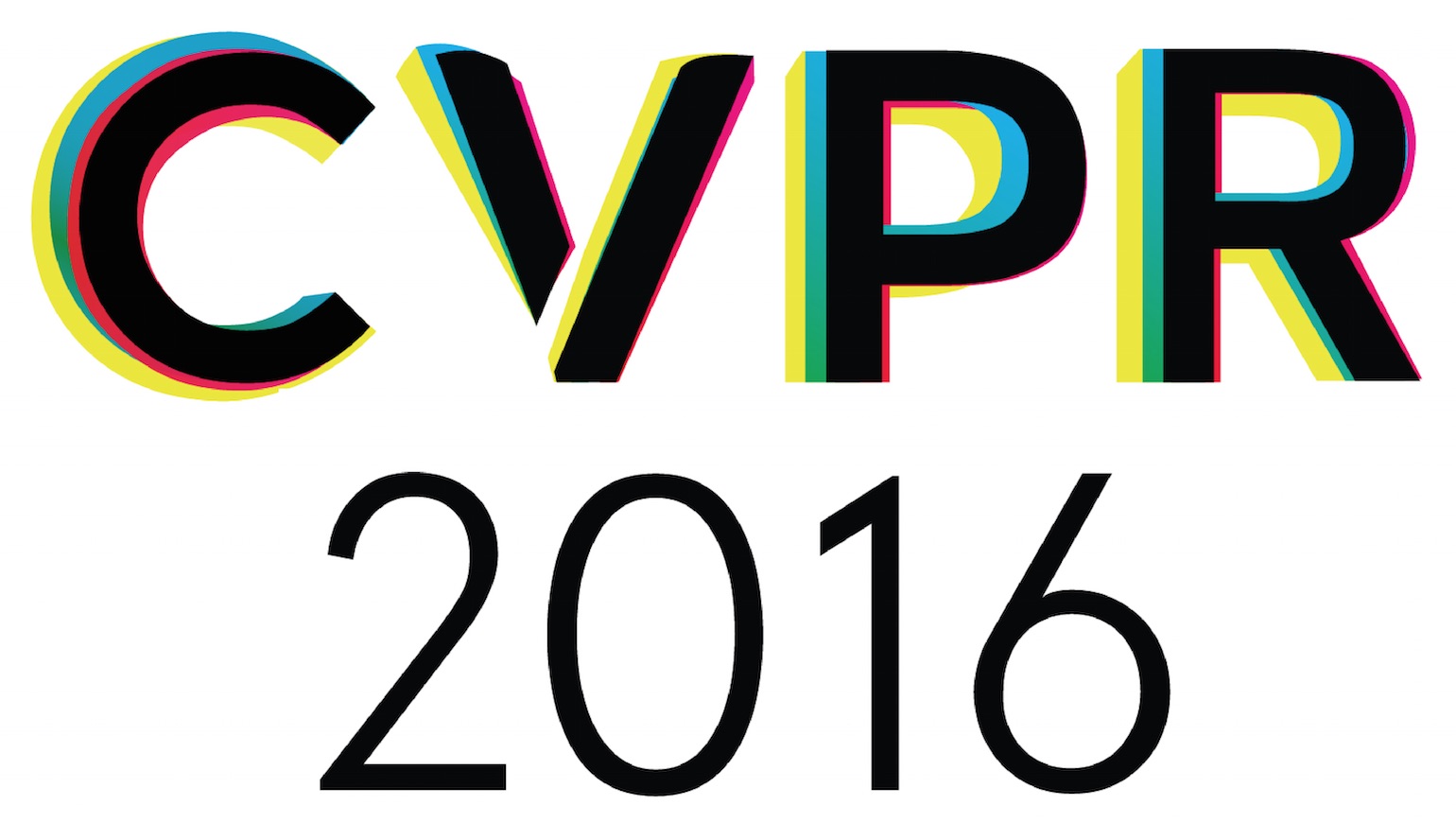-
Structured Feature Learning for Pose Estimation
AbstractIn this paper, we propose a structured feature learning framework to reason the correlation among body joints at the feature level in human pose estimation. Different from existing approaches of modeling structures on score maps or predicted labels, feature maps preserve substantially richer descriptions of body joints. The relationships between feature maps of joints are captured with the introduced geometrical transform kernels, which can be easily implemented with a convolution layer. Features and their relationships are jointly learned in an end-to-end learning system. A bi-directional tree structured model is proposed, so that the feature channels at a body joint can well receive information from other joints. The proposed framework improves feature learning substantially. With very simple post processing, it reaches the best mean PCP on the LSP and FLIC datasets. Compared with the baseline of learning features at each joint separately with ConvNet, the mean PCP has been improved by 18% on FLIC. The code is released to the public.
Related Material
[pdf][bibtex]@InProceedings{Chu_2016_CVPR,
author = {Chu, Xiao and Ouyang, Wanli and Li, Hongsheng and Wang, Xiaogang},
title = {Structured Feature Learning for Pose Estimation},
booktitle = {Proceedings of the IEEE Conference on Computer Vision and Pattern Recognition (CVPR)},
month = {June},
year = {2016}
}
CVPR 2016 open access
These CVPR 2016 papers are the Open Access versions, provided by the Computer Vision Foundation.
Except for the watermark, they are identical to the accepted versions; the final published version of the proceedings is available on IEEE Xplore.
Except for the watermark, they are identical to the accepted versions; the final published version of the proceedings is available on IEEE Xplore.
This material is presented to ensure timely dissemination of scholarly and technical work.
Copyright and all rights therein are retained by authors or by other copyright holders.
All persons copying this information are expected to adhere to the terms and constraints invoked by each author's copyright.

